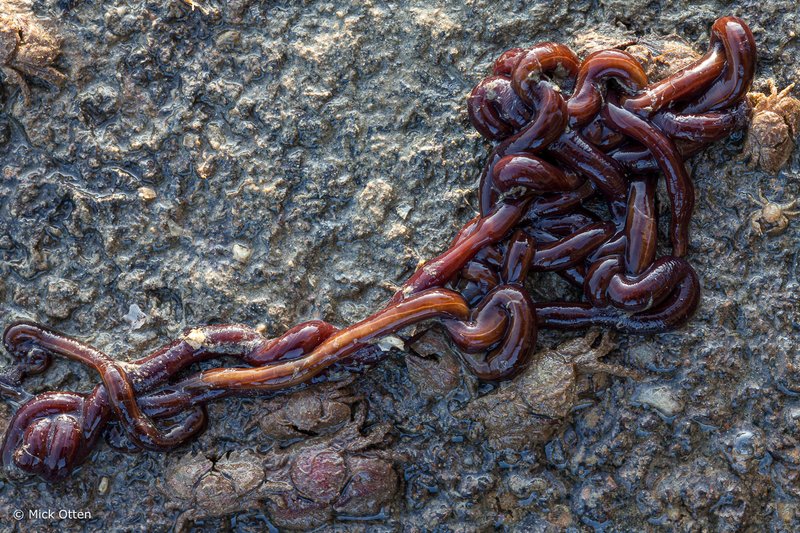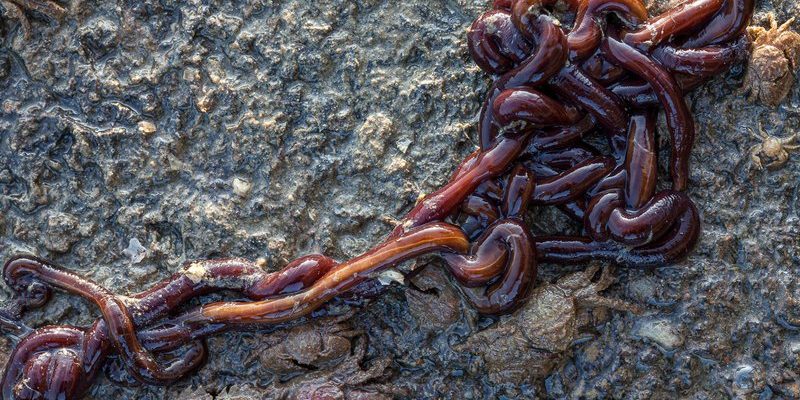
Understanding Bootlace Worms and Their Mucus Trails
Bootlace worms are elongated marine animals that can reach lengths of up to 55 meters (yes, that’s over 180 feet!). They primarily inhabit cold waters and are known for their remarkable regenerative abilities. You might be wondering about their mucus. This slippery substance serves several purposes, such as aiding in locomotion and helping the worms stick to surfaces. When bootlace worms move, they leave behind a shimmering trail of mucus that can often be seen on wet or sandy surfaces.
But why should you care about these trails? Well, aside from their scientific interest, they also add an interactive element to your beachcombing experience. Imagine walking along the shore, spotting those trails glistening under the sun. With the right light, you can reveal even more about these intriguing creatures.
What is UV Light and How Does It Work?
UV (ultraviolet) light is a type of electromagnetic radiation that we can’t see, but it has a lot of interesting properties. It’s like a hidden spectrum that can reveal things to us in ways visible light can’t. When it comes to bootlace worms, the mucus trails have fluorescent properties; they can glow when UV light shines on them. Simply put, using UV light allows you to spot those slimy trails that are otherwise hard to see.
Here’s the thing: the UV light emitted from certain sources, like handheld lamps or specific aquarium lights, can enhance the visual contrast between the mucus and its surroundings. This means you can easily follow the trail, almost like a treasure hunt!
Choosing the Right UV Light for Your Adventure
When selecting a UV light for locating bootlace worm mucus, you’ll want something portable and easy to use. Handheld UV flashlights are a great choice. Here are a few features to consider when shopping around:
- Wavelength: Look for lights with a wavelength around 365nm, as this is known to reveal fluorescence effectively.
- Portability: A lightweight and compact flashlight is ideal for carrying during beach walks.
- Battery Life: Choose a model that has a long battery life, so you don’t have to worry about it dying while you’re exploring.
Once you have your UV light, it’s time to test it out!
How to Find Bootlace Worm Mucus Trails Using UV Light
Locating bootlace worm mucus is easier than you might think! Here’s a step-by-step guide for you:
1. **Head to the Beach:** Look for a spot with rocky areas or tide pools where bootlace worms are likely to be found.
2. **Wait for the Right Time:** Early morning or late afternoon are great times for this activity. The angles of sunlight during these hours help you spot trails more easily.
3. **Turn on Your UV Light:** Shine it on the sandy areas or rocks. You should see the mucus glowing subtly against the backdrop.
4. **Follow the Trail:** Once you see the mucus, try to trace it back to where it could be originating. You might find a bootlace worm hiding nearby!
What to Do If You Can’t Find Mucus Trails
If you’re out looking but struggling to locate those elusive mucus trails, don’t worry! Here are a few tips to enhance your search:
– **Check Tide Patterns**: Go during low tide when areas are exposed, increasing your chances of spotting trails.
– **Search Other Areas**: If one beach isn’t yielding results, consider visiting another location known for its bootlace worm population.
– **Be Patient**: Sometimes, it just takes time. Explore different spots, and keep your UV light handy.
Remember, you might not see trails every time. Bootlace worms can be reclusive, and their trails may wash away with the tides. But that’s part of the adventure!
Understanding the Significance of Mucus Trails
You might be wondering why these slimy trails matter. Beyond just being an exciting find during your beach visits, they play a significant ecological role. The mucus from bootlace worms helps to create a habitat for other marine organisms. It contributes to nutrient cycling within the ecosystem, supporting a diverse marine life.
Additionally, observing these trails can lead to greater interest and awareness about marine biology. It’s a fun way to connect with nature and understand the complex relationships that exist in our oceans. So next time you’re out exploring, remember that you’re part of a much bigger picture.
Using UV light to locate bootlace worm mucus trails is not just a unique beach activity; it’s also a fantastic way to engage with the natural world around you. With the right tools and a curious mind, you can uncover the mysteries of these fascinating creatures. So grab a UV flashlight, head to the beach, and see what secrets you can discover. Happy exploring!

